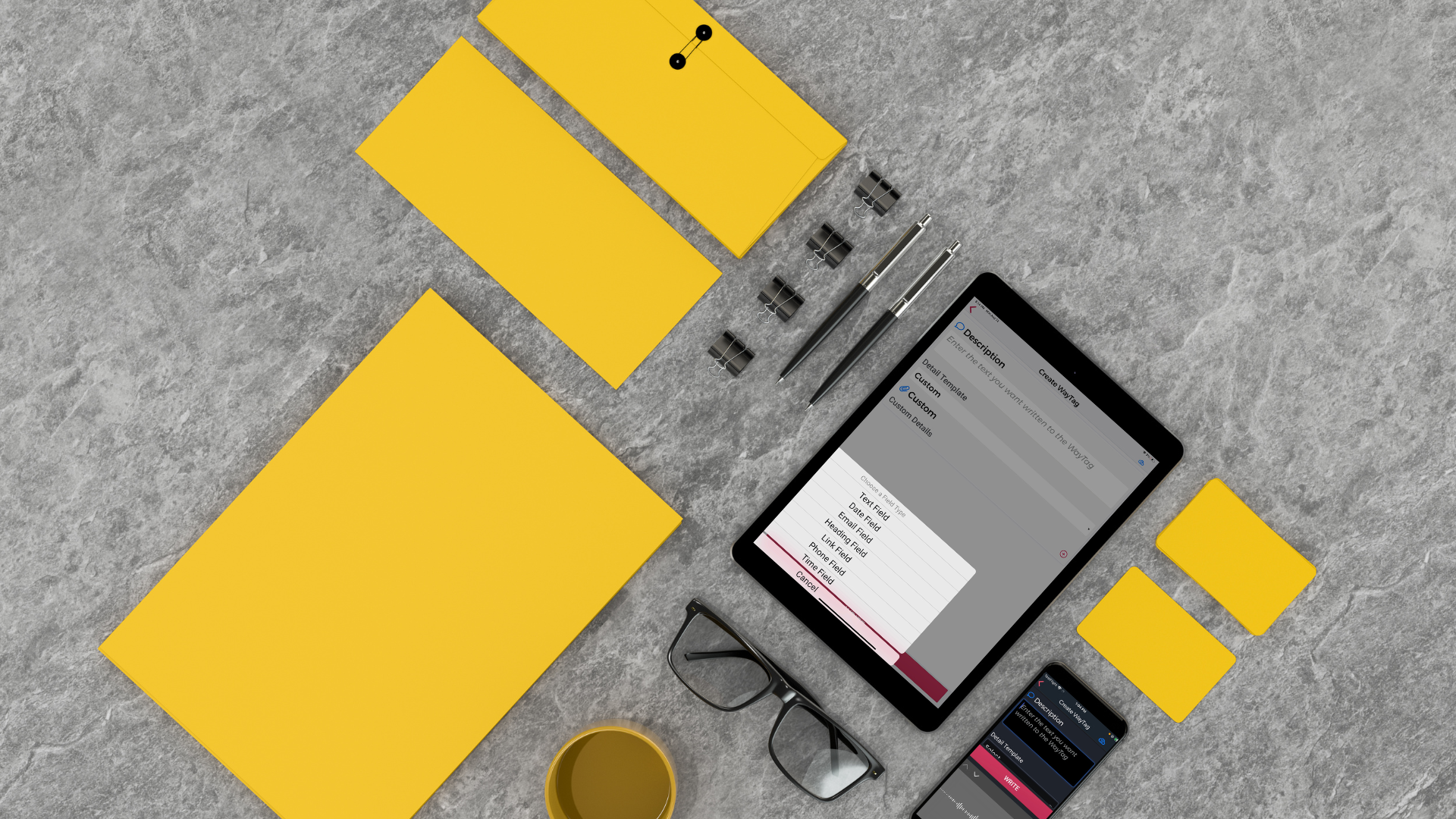Sometimes our users come up with ways to use WayAround that we never would have thought of. We love hearing those stories and sharing them with the WayAround community, so you can get new ideas for how to use WayAround in your own life! John Fritz is a blind entrepreneur and father of seven who lives in rural Wisconsin. He has been blind since birth and lost his remaining eyesight by age three. John believes that “sight is not a requirement to be successful.”
From his youth, John has worked to become self-sufficient. He has managed a dairy farm, taught himself computer science, and built a vending business in rural Wisconsin. John uses WayAround to increase his independence in both his professional and personal life. Keep reading to learn some of the creative ways John uses WayAround in three key areas.
Organizing Inventory
When John moved back to rural Wisconsin in 2003 to be closer to his wife’s parents, he opened his own vending business through the Business Enterprise Program. When he and his wife, Heather, built their dream home a few years later, John included a warehouse for his business, J&H Vending, Inc.
That business continues today, and John’s daughter – who is also blind – works with him. They have tagged the inventory in the warehouse with WayAround. When they tap a WayTag with a smartphone, they know which product it is. Using WayAround makes it easier to quickly identify products. That means they can more efficiently load product into a vehicle and restock at their vending locations. They can also add links to the WayTags so they can easily reorder supplies. John and his daughter share a WayAround account so they can both read and edit any WayTag.
Managing Home Maintenance
At home, John is in charge of household maintenance, including keeping the vehicles tuned up. John doesn’t drive, but he makes sure the oil is changed and the vehicles are in good working order. Each vehicle has a WayTag where John keeps track of what maintenance is due when, and what maintenance has been completed. When he’s working on a vehicle, he checks the mileage on a vehicle and immediately records it on a WayTag.
Before WayAround, John would have to make notes about the mileage and what was done, then transfer it to a file on his computer. Recording and accessing the maintenance information directly from a vehicle is much more convenient.
Similarly, John uses WayAround to tag fuse boxes, water valves, and other important household items. For both automobiles and household items, John has developed templates in WayAround so that the information on each item is consistent.
Pursuing the Family Hobby
When John’s son was in elementary school, he wanted to go hunting with friends. John had tried hunting previously but hadn’t found a good way to shoot accurately with his blindness. But he wasn’t going to let sight loss stop him or his son.
John devised a calculated method of shooting that involves a lot of math. As John explains it, “When you fire a bullet at a target, it starts out at the height of the barrel. Then gravity takes over and the bullet drops.” Range data tells how much the bullet has dropped in 50-yard increments. John uses that information to determine what kind of adjustments need to be made to hit a target.
To calculate how to hit a target, John needs to keep track of the distance, velocity, energy, drop, and time-to-target in microseconds. John relies on that information as a blind person, but it’s important for sighted hunters as well. Now, John keeps all of this information on a WayTag, and he’s able to do all of the reloading for the family. John’s entire family enjoys hunting, and they all use WayAround for ammunition, both blind and sighted family members.
How John Uses Templates to Keep Information Consistent
John has developed detailed templates that he uses for WayTags in his business, home, and for his family’s hobby. He uses the Custom detail template in the WayAround app and customizes it with headings and other fields that he wants to keep track of. Some templates include dozens of fields.
He keeps a set of WayClips on a keychain, and uses one WayClip for each template. These are his “master” templates. When John needs to create a new WayTag, he reads the template with the WayAround app, then chooses Edit to customize information for a particular item. Once he has edited all of the information on the template, he writes it to a new WayTag that will go on the item.
John’s creativity in what he tags and how he uses templates to keep information consistent is a great example of how flexible WayAround can be to accommodate lots of different types of information. Do you have a creative or unusual way that you use WayAround? Send us an email at connect@wayaround.com to tell us your story.


I’m starting to know about waytags and their use.